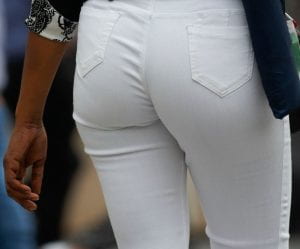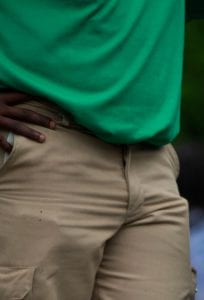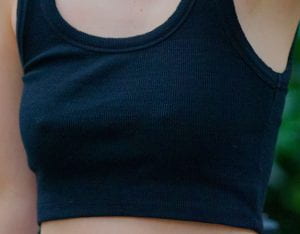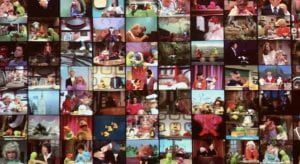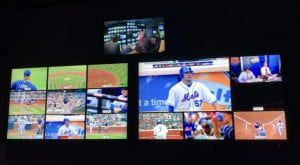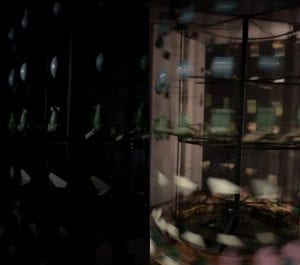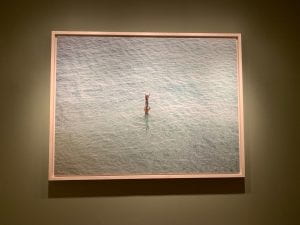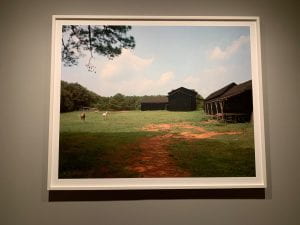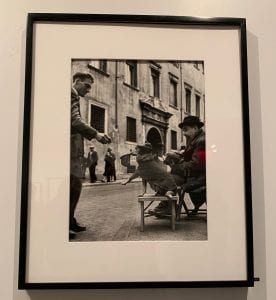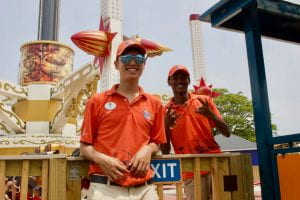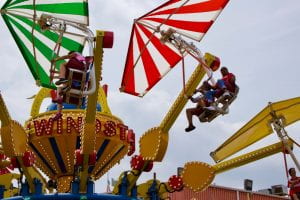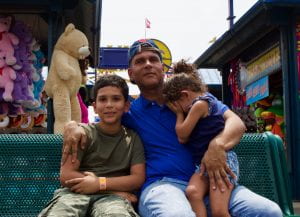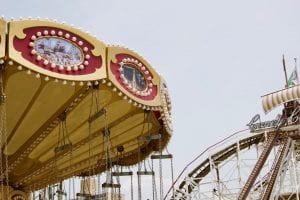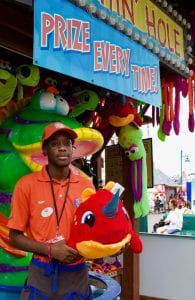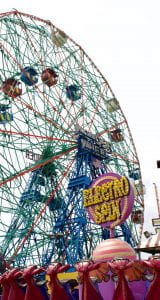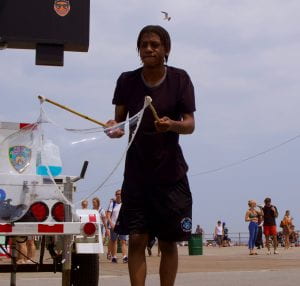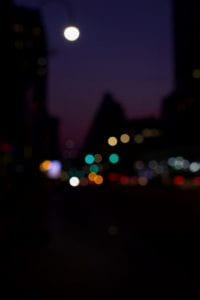
For this photo, I did a bokeh by slowing down the shutter speed and increasing the ISO in order to capture the light while still maintaining the silhouettes of the buildings. I think I can incorporate this in a motif of habitats because this street is a habitat to humans, animals, and everything in between and this bokeh help give off the feeling of winding down after a long day and being able to relax.
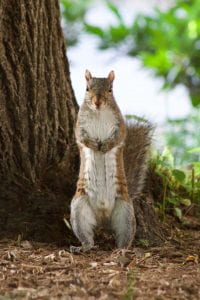
For this photo, I did a shallow depth of focus by increasing the shutter speed and lowering the ISO in order to decrease light sensitivity. I think this image also fits into my motif of habitats because everything in the city has its own habitat and by using the shallow depth of focus it allowed me to capture the squirrel in its habitat without any other distractions.

For this photo, I attempted to do a pan shot of the cars by lowering the shutter speed and increasing the ISO, so more light could be let in, but because I haven’t done any pan shots before it didn’t turn out how I was expecting. I think this image also fits into my motif of habitats because cars have their own habitat along with any other object living or not and by attempting to do a pan shot of these moving cars I was trying to capture the hectic essence of the city.
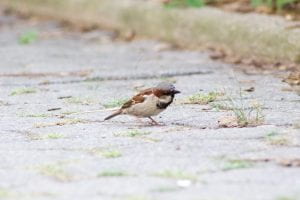
For this photo, I did a shallow depth of focus by increasing the shutter speed and lowering the ISO in order to decrease the amount of light in the image. I think this also relates to the habitat motif because, along with the squirrel image, this picture shows the bird in Stuyvesant Park and the shallow depth of focus helps depict the importance of the littlest things by aiming all the attention on them.
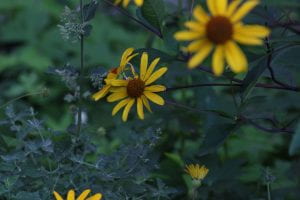
For this photo, I also used a shallow depth of focus by increasing the shutter speed and experimenting with the ISO to figure out what would look best with a bright shadow. I think this picture goes with the motif of habitats because not only do flowers provide habitats for many creatures, but they themselves have their own habitat in which they live in and, similarly to the bird and the squirrel, the shallow depth of focus helps remind people of the smaller things that make up their habitats.
